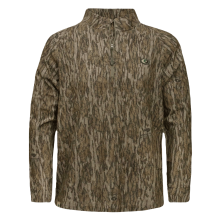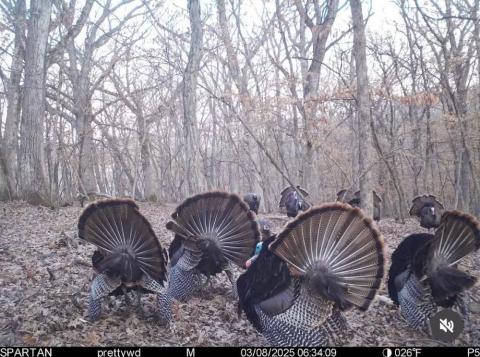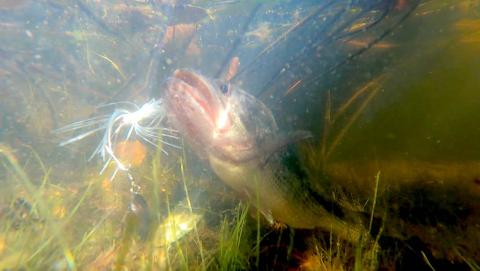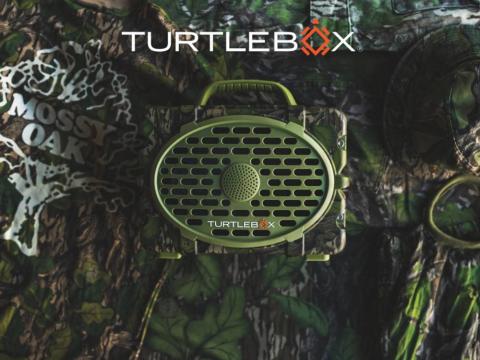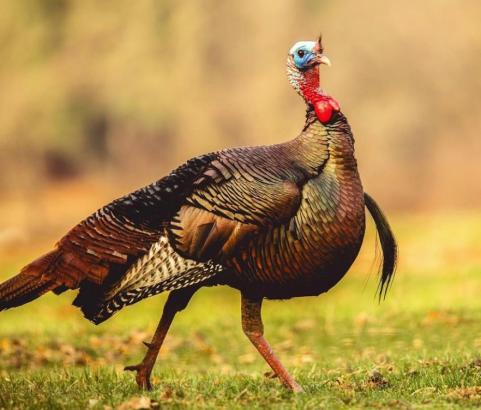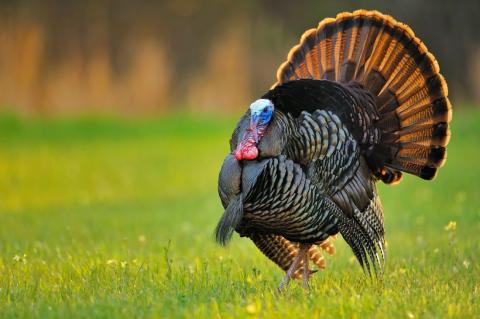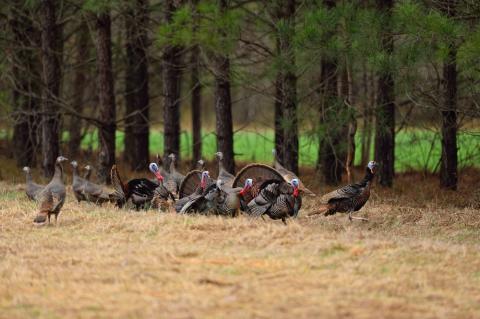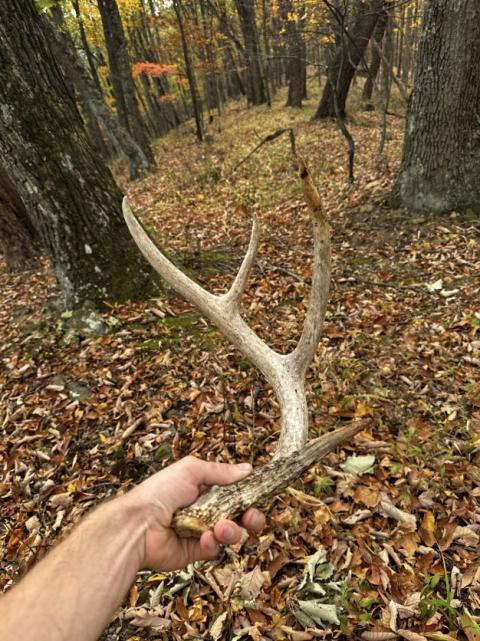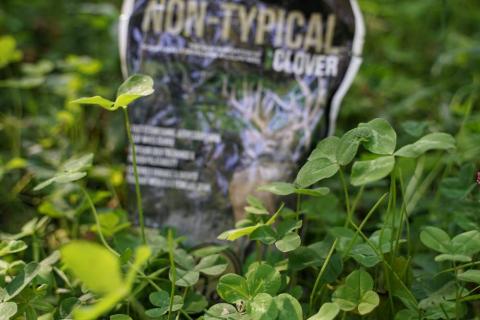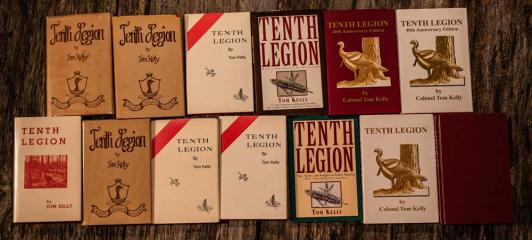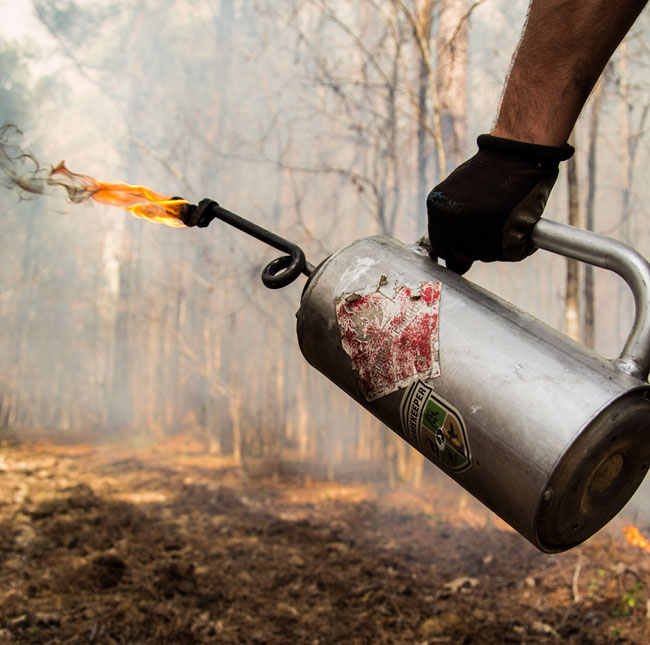When it comes to building a treestand, little details can make all the difference. Even if you think carefully about placement and take steps to prevent your scent being carried by the wind or thermal air currents, a tiny obstruction or an inopportune squeak could block your shot or scare away your target. Whitetail deer are skittish creatures, and they will not stay around for very long if they sense that anything is out of the ordinary, even during the rut. Let’s take a look at some highly effective but often overlooked treestand strategies.
Trimming Shooting Lanes
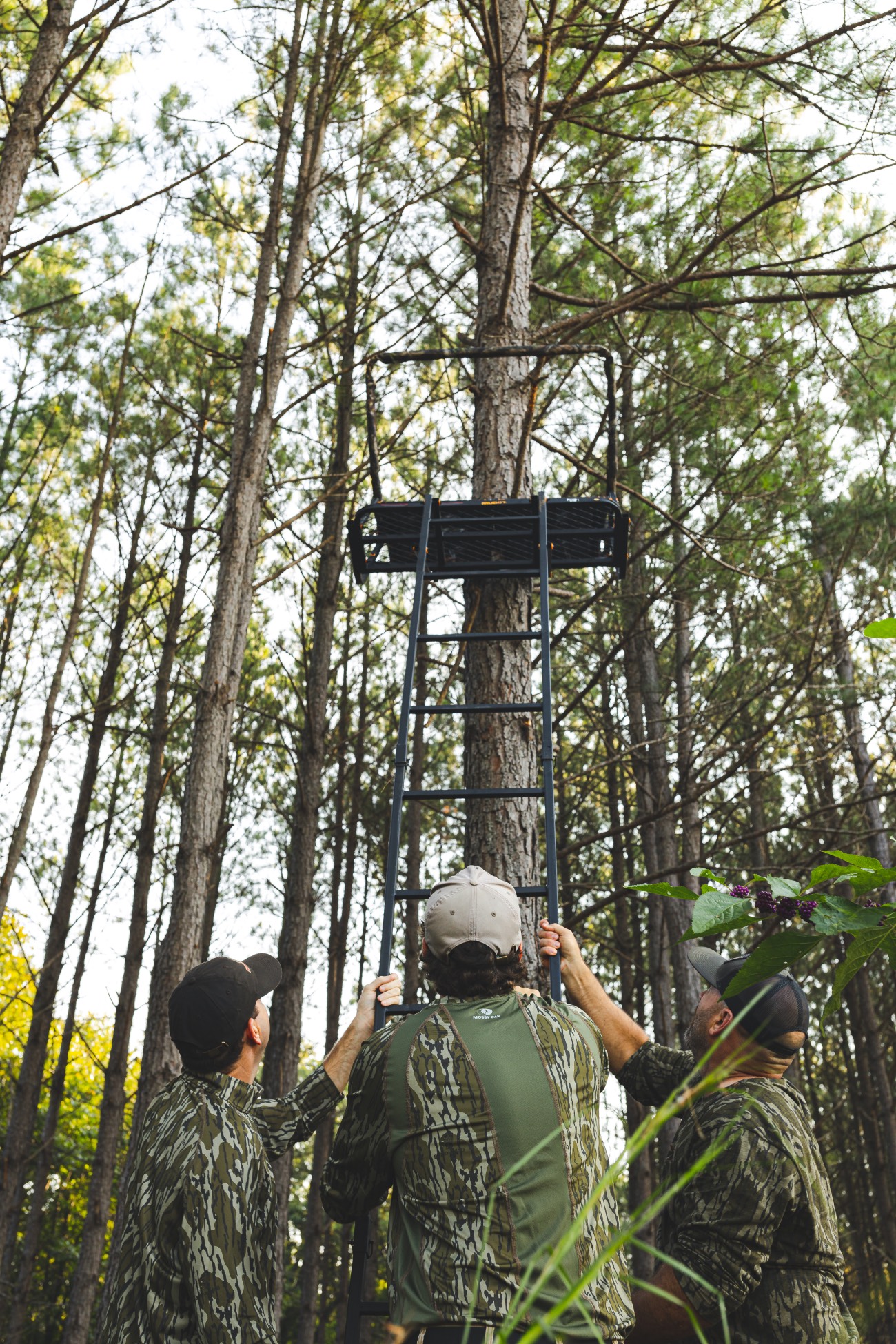
Accurate archery and shooting are much more difficult without clear shooting lanes. You would never hunt from a ground blind without first clearing away obstructions like branches and foliage, so why take a less meticulous approach with a treestand? Tiny twigs can deflect arrows, and a few large leaves can obscure shots and give big bucks a chance to get away.
To improve your chances of success, you should aim to do only enough trimming to give you a clear shot. Deer could sense that something is wrong if you create a large disturbance, and they will definitely go into high alert if they notice a pile of recently sawed branches. Trimming too enthusiastically will also deprive you of cover. You can use an extending pole saw to trim branches from your tree stand, but make sure that you wear a safety harness. You should also bear in mind that trimming shooting lanes may not be an option if you hunt on public land.
Approach Your Treestand Carefully
You won’t have much success deer hunting from a ladder stand if you make a lot of noise when you approach it or leave a scent trail behind. Wearing gloves and boots and spraying your clothing with a scent eliminator may be enough to fool a deer’s keen sense of smell, and clearing a path could provide you with a near-silent approach.
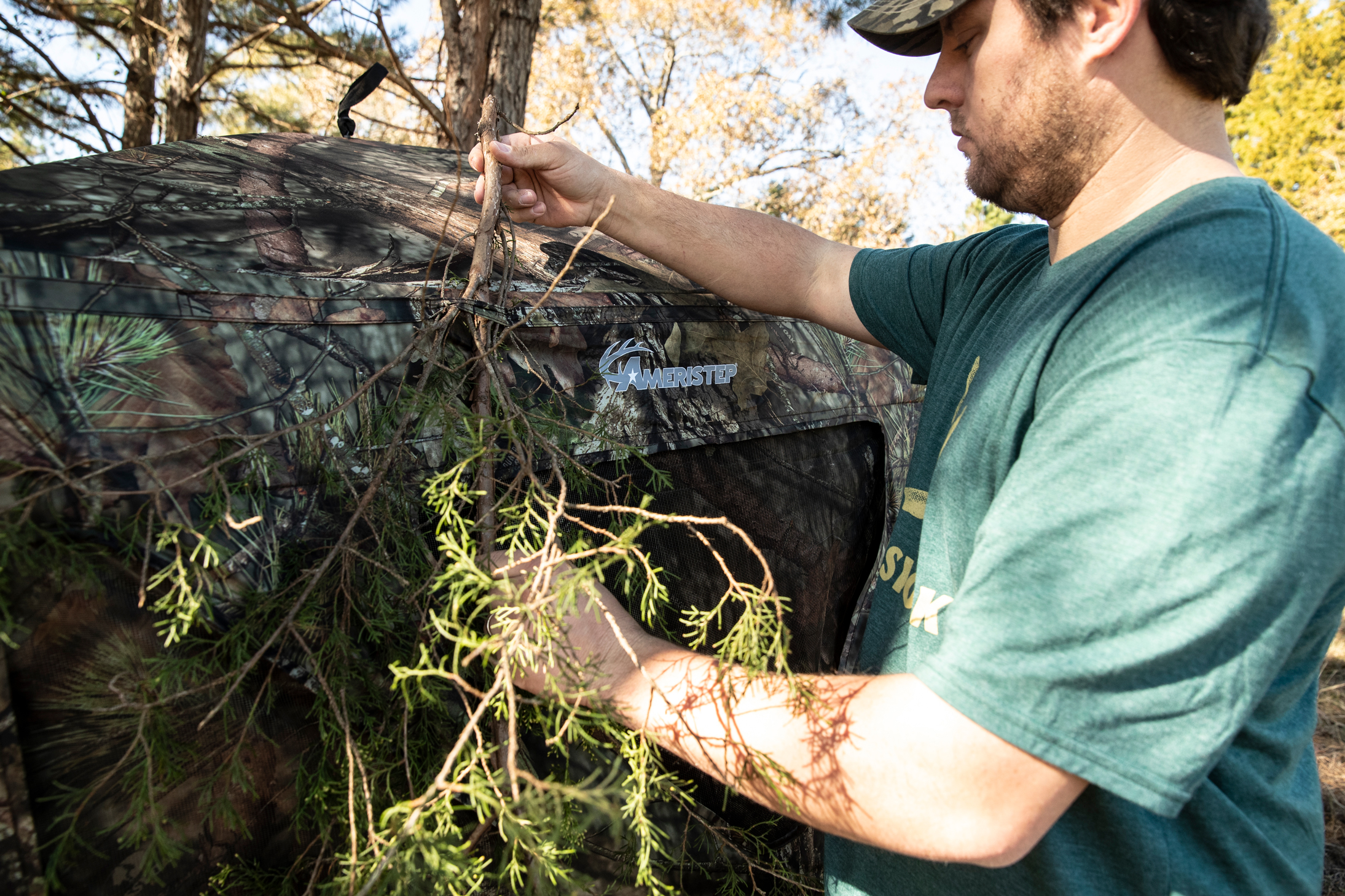
Deer will probably start using the path you clear, so don’t have it end at your treestand. You will want to take high-percentage shots, and you won’t be able to if deer are walking straight toward you. Have your path pass about 15 yards away from your treestand, and leave your bike or ATV at least 200 yards away. You could also plant some screening cover to conceal your approach. Some of the most popular deer seeds can grow tall enough to conceal a human in just two months.
Silence Is Golden
Few things can ruin a day’s bowhunting as quickly as watching a mature buck flee just as you were notching an arrow. Even the slightest sound can spook a whitetail deer, so make sure that you tighten every bolt, check every strap and lubricate every chain when you reach your stand location. Just make sure that you use a lubricant like powdered graphite that won’t leave an unusual odor.
If your tree stand does not have a ladder, make sure that you use plenty of tree steps even if you are a proficient climber. If reaching your treestand is effortless, you won’t make as much noise. Once you are in place, try to make yourself as comfortable as possible. The less you move around, the more successful your day will be.
Details Make a Difference
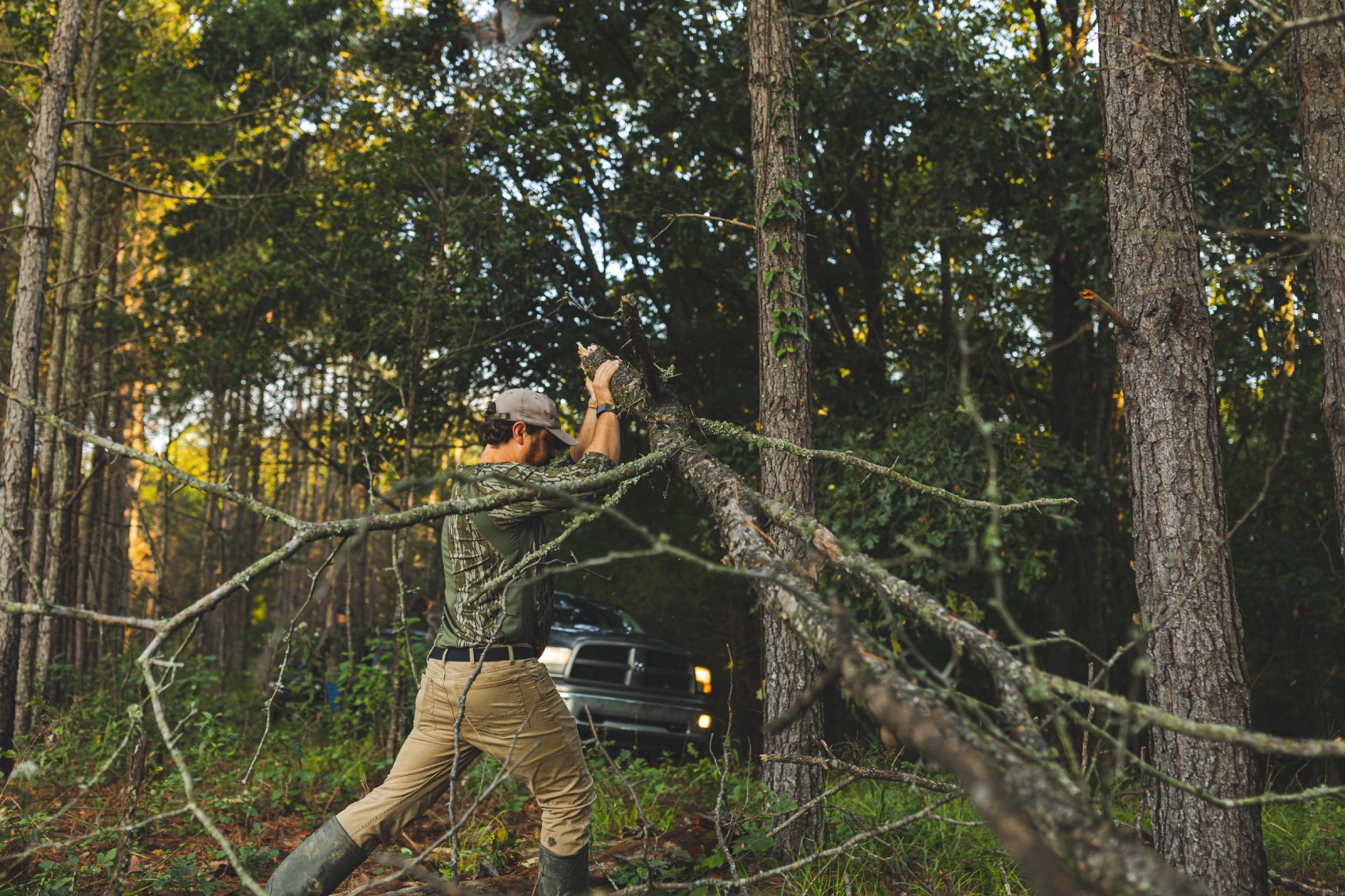
You put a great deal of time and energy into your hunting trips, so why let a squeak, a scent or an obstruction ruin your day? Ignoring small details could give your position away and scare off the 10-pointer you want to attract, but just a few precautions will turn your treestand into a perfect ambush spot.







